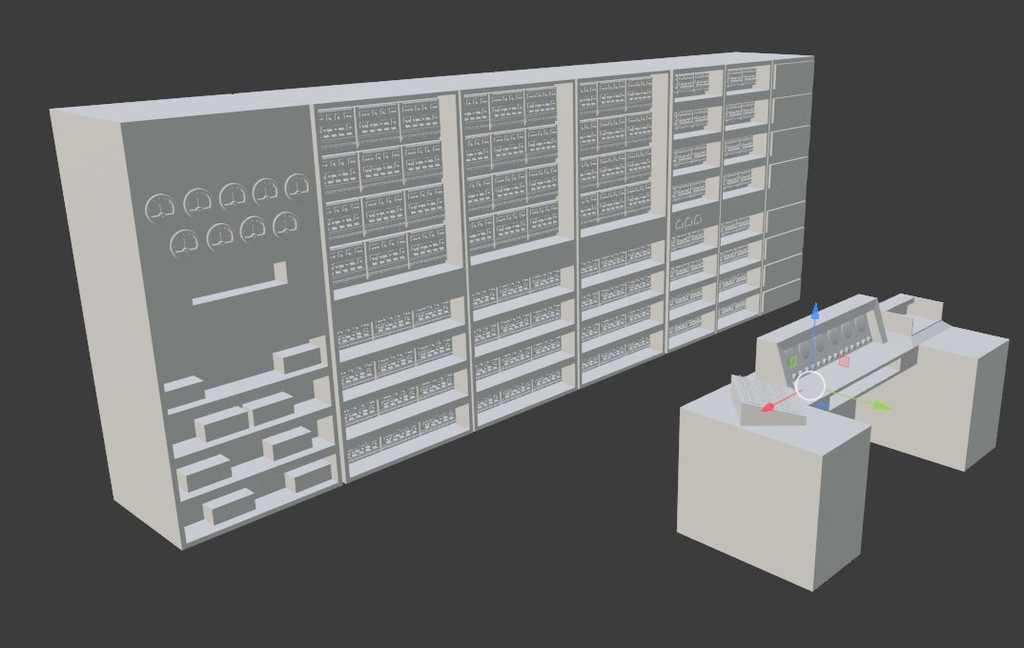
CSIRAC
thingiverse
Trevor Pearcey, Mastern Beard were two of a growing group o young people who went to college either right out of high school or with a little break in the for World War. By 1949 these computers already showed promise on a number of fronts. They showed their value in scientific research and Pearcey and Beard were part of a growing group of young computer science students (or math or philosophy) went home and tinkered. Each changed their own little piece of the world as they went. Pearcey moved to Australia after the war and went to the University of Melbourne. CSIRAC stands for Commonwealth Scientific and Industrial Search Automatic Computer. The 7 tone beauty ran its first program in 1949. It used 2,000 valves to process up to 768 20-bit words of a program. It could read standard punch cards or paper tape and the console provided a status. One developer, Geoff Hill, wrote a programming language for it and other wrote a BASIC. little operating system for it that he called A. There were plenty of projects that passed through the registers of the computer, but the one that it's best known for, is probably that that it played the first music from a program on a computer. CSIRAC ran until 1964. It was shut down for good in 1965 and by then , the team knew it would be an important scientific artifact. It was kept at other universities around Australia until a permanent home was made for it at a large science museum called Scienceworks. The next computer built in Australia was the Sydney Version of the Illinois Automatic Computer (which they called SILLIAC)
With this file you will be able to print CSIRAC with your 3D printer. Click on the button and save the file on your computer to work, edit or customize your design. You can also find more 3D designs for printers on CSIRAC.
